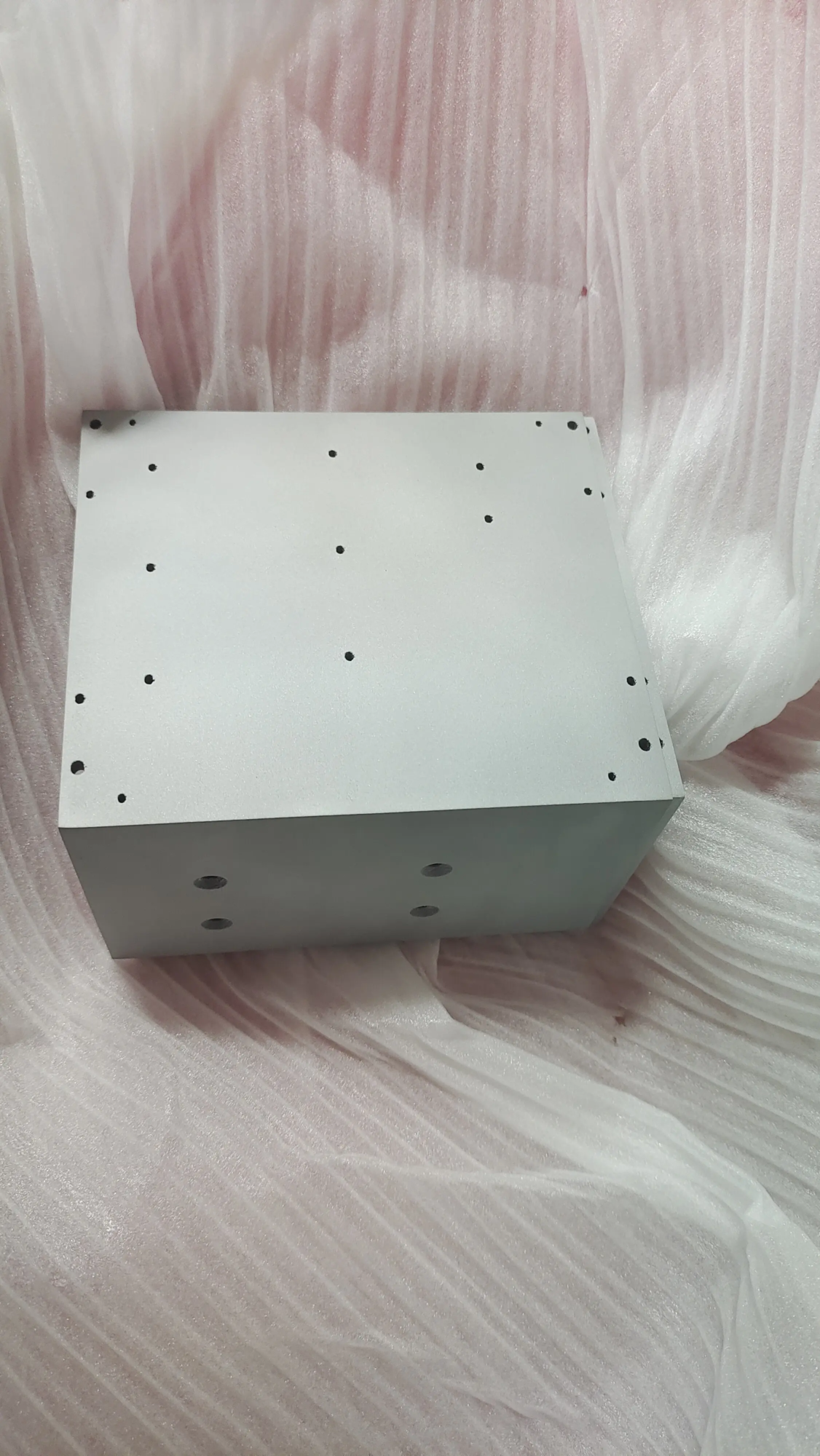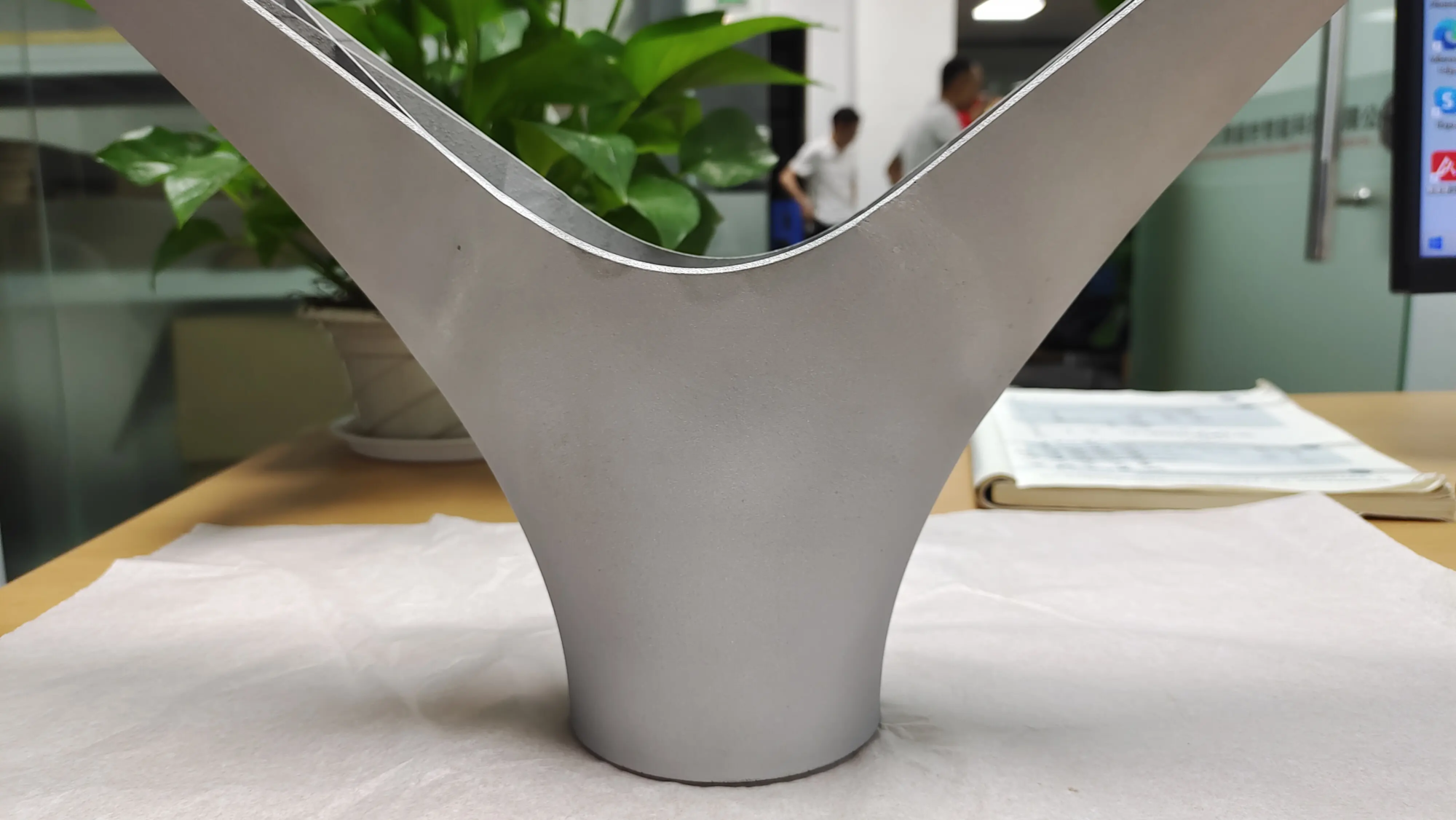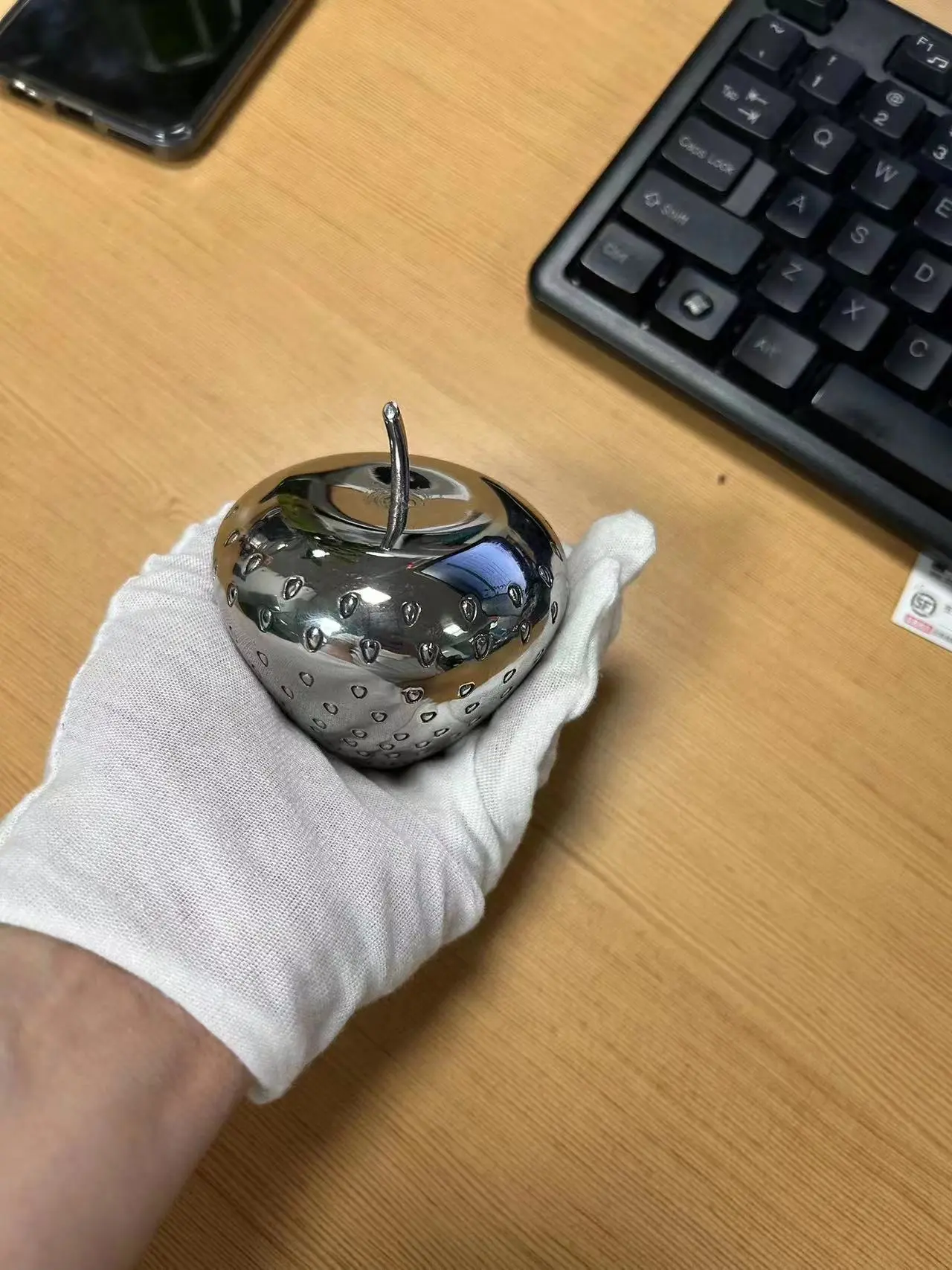Embrace innovation in pest control: the world of 3D printed mouse traps
The humble mouse trap is an ancient invention, but modern technology is calling new life into this basic tool. With the power of fast customization and complex geometry, 3D printing is changing the way we approach rodent control. Forget about mass-produced snapshot traps or limitations of glue sheets; 3D printing provides DIY enthusiasts, eco-conscious homeowners and even professional pest management experts with the possibility of possibilities.
Why consider 3D printing of mouse traps?
- Unrivaled customization: Need a trap that fits perfectly into the narrow cavity between walls? Or is it a specific bait chamber design? 3D printing makes custom design a reality, solving structural challenges that cannot be achieved by specific intrusion scenarios or ready-made pitfalls.
- Rapid prototype and iteration: Is there an idea of a more humane or effective mechanism? Want to adjust the design after testing? 3D printing can make incredibly rapid design modifications and physical test cycles, accelerating innovation without tool costs.
- Complex geometric shapes: Complex mechanisms (such as complex triggers, one-way doors for multi-fishing traps or specialized baits) that have become difficult or expensive to manufacture traditionally and become difficult to use by additive manufacturing. This opens up a brand new trap feature.
- Material flexibility: Depending on the printer and material selected, traps can be designed for durability, weather resistance (for outdoor use), easy cleaning and even biodegradable.
- Accessibility and DIY Potential: Open source designs are easily available on platforms like Thingiverse or Printables, giving individuals the ability to print and assemble traps at home. It democratizes the potential superiority or more humane design.
Key design considerations for 3D printing traps
Designing effective and responsible 3D printed mouse traps requires careful consideration:
- Effective: The core mechanism must be reliable. Is the trigger sensitive enough? Will the containment or killing mechanism be consistent? Strict prototyping and testing are crucial.
- Humans: Consider the meaning of morality. Many innovators are paying attention Real-time capture design. For fatal traps, this mechanism should ensure rapid death. Design should avoid prolonged pain.
- Safety: Prevent accidental triggers, especially where children or pets are present. Avoid using bare edge designs. Apparently tag the trap.
- Material suitability:
- Strength and durability: Traps need to withstand the struggles and reuse/resetting of rodents. Materials such as PETG, ABS or nylon PA12 are common choices for structural parts.
- Weather resistance: For outdoor use, UV-resistant and water-resistant materials such as ASA or specialty nylon are crucial.
- Cleanable: The smooth surface and design of bacteria or debris is preferred without gaps. High-quality finishes are important.
- Food Contact (Bail): Make sure that any material in contact with the bait is non-toxic and safe. Food grade PETG or PP may be considered, but thorough research is crucial.
- Ease of use and reset: Can traps be easily and safely bait, set, check, clear and reset? User-friendly will encourage consistent use.
- Cost-effective: While prototyping is effective, ideally, the material and print time cost per trap should be competitive, especially for designs that are repeated deployments.
Famous 3D printed mouse trap design concept
Here is a glimpse into emerging designs:
Complex real-time traps:
- concept: Enclosed box with one-way entrance door mechanisms (e.g., tilted platforms or flaps) allows mice to enter but prevents escape. May include viewing windows and secure, easy to access release doors.
- advantage: Humane, reusable, can be relocated (checked local regulations) and is safer around pets/children (if correctly designed).
- shortcoming: It requires regular inspection and release, potential pressure on the animal, and greater size.
- 3D Advantages: A smooth internal surface that allows for complex internal mechanisms and one-way actions. Can be scaled or shaped at a specific location.
Refined snapshot trap changes:
- concept: A modern reinterpretation of the classic wooden trap trap mechanism, often using 3D printed structural components with metal wire or springs as strike poles.
- advantage: If carefully designed, reusable, familiar concepts, it may be faster and more reliable killing mechanisms than some classic designs.
- shortcoming: Still a deadly approach that requires careful handling and setting up, possible misfire or partial capture.
- 3D Advantages: Allows more ergonomic foundations, better trigger mechanics, editing, and easier setup and integrated bait chamber. Plastic is easier to clean than wood.
Multi-key key trap:
- concept: A bucket-based system where mice climb a 3D printed ramp or ladder, causing rolling beams or trap doors to attach them to the bucket below which may contain water (drowning trap) or stay empty (live).
- advantage: Multiple mice can be captured before a relatively simple mechanism is needed.
- shortcoming: The effectiveness of the tipping mechanism is crucial. Euthanasia raises moral problems for many people, and real-time capture in a bucket requires continuous monitoring. Size may be a problem.
- 3D Advantages: Ideal for printing custom ramps, rollers, trap doors and optimized bucket adapters for specific bucket sizes. The exact components required to create a tipping mechanism.
- Professional electronics or sensor-based traps:
- concept: Combine basic electronic devices, such as sensors, to detect incoming and trigger mechanisms (e.g., door closure or high voltage grids), and even send alerts to the cell phone. The 3D printed part forms the housing and mechanical components.
- advantage: With minimal pain (HV model), high lethality/efficacy potential, alarms eliminate constant examinations and include disposal.
- shortcoming: Obviously complexity, requiring power, higher cost per unit, potential reliability issues.
- 3D Advantages: A unique trigger mechanism for sophisticated custom housings for electronic devices, mounts for sensors, and precisely tailored electronic components.
Material selection and achievement of professional results: the role of post-processing
While desktop FDM printers with PLA or PETG are great for hobby prototyping and testing, the pitfalls of truly robust and reliable (especially for challenging environments or commercial purposes) require higher performance. This is where material science and expert postprocessing become the most important thing:
- Engineering Thermoplastics: Material Nylon PA12, PA11-GF (full of glass) or peeping It has excellent strength, impact resistance, fatigue resistance (for moving parts) and environmental stability. These are great for key structural trap components that are subject to stress.
- Gas resistant polymer: ASA, PC (polycarbonate) or PP (polypropylene) Excellent outdoors, resists UV degradation and absorbs moisture.
- Post-processing expertise:
- Surface smooth: Techniques such as vapor smoothing (for ABS, ASA) or manual finishing eliminate layered lines. This is essential for creating a smooth surface that does not capture debris or bacteria and ensures smooth running of moving parts.
- Dyeing and coloring: Used for aesthetics or disguise.
- Supports removal and surface improvement: Clean, burr-free surface ensures safety and functionality.
- Watertight seal: It is crucial for designs that require waterproofing.
These high-quality material properties and finishes are often required Industrial-grade selective laser sintering (SLS) or Multi-jet fusion (MJF) 3D printers, sintered or fused fine powder, create excellent isotropic strength and complex internal geometry parts, and FDM is difficult. This requires cooperation with professional prototype services.
Perfect cooperation: Professional rapid prototyping
Converting your innovative mouse trap design from CAD files to functional, durable, ready for production prototypes requires professional equipment and expertise. Companies with advanced manufacturing capabilities bridge this gap.
Great Embodying a professional rapid prototyping partner, which is essential for demanding projects. and State-of-the-art SLM (Selective Laser Melting) Technology – Focus mainly on Metal 3D printing – and a comprehensive suite Post-processing and completion of servicesGreatlight professionally solves the challenges of rapid prototyping of complex metal parts. For polymer demand, their expertise extends to high-quality SLS, MJF and other processes. Their core strengths are:
- Accuracy and quality: Ensure dimensional accuracy and material integrity that is critical to complex trap mechanisms with advanced SLM and polymer printers.
- Material versatility: A wide range of engineering grade metals (stainless steel, titanium, aluminum alloy) and high performance polymers (nylon, TPU, PEEK) are available to select the best materials for the function and environment of the trap. Custom material requests can often be made through fast turnaround.
- Seamless post-processing: From heat treatment of metal parts and pressure relief to paintings of smoothing, dyeing, sandblasting and polymers, delivering comprehensive finishing – converting original prints into durable professional-grade trap components.
- Speed and reliability: Focusing on rapid iteration and delivery enables inventors and businesses to bring effective solutions to the market faster. They are recognized as China’s leading rapid prototype company, providing customized precision machining at competitive speeds.
For designers and innovators, serious creation of viable, high-performance 3D-printed mouse traps that can be produced in quantity, leveraging the capabilities of professional services like Greatlight (Greatlight) ensures that the final product meets the necessary standards for effectiveness, safety and durability. Their one-stop solution simplifies the journey from concept to tangible, reliable prototype or small-volume production.
Step-by-step guide to creating and prototyping
- Concept development and research: Define your goals (fatal/humane, capture ability, target environment). Study existing designs and mechanics.
- CAD Modeling: Use software like Fusion 360, SolidWorks, or TinkerCad to create detailed 3D models. Show careful attention to gaps, moving parts and structural integrity.
- Simulation (optional but recommended): Use the FEA (finite element analysis) tool in the CAD software to simulate the force and pressure of the trap components.
- Desktop Prototype (Proof of Concept): Print the initial version using FDM (PLA/PETG) to test core functionality, size and assembly. Test-based design iteration.
- Improved and professional prototypes: Improve the CAD model based on the test results. Select the right engineering materials (nylon, ASA, etc.) as well as professional services for high-quality SLS/MJF/SLM printing and comprehensive post-processing.
- Strict field testing: Test the trap of professional printing in controlled and real world. Evaluate trigger consistency, durability, ease of use, safety and effectiveness.
- Final iteration and documentation: Final adjustments are made according to field testing. Thoroughly document the design, including assembly instructions and material specifications. Consider a licensing or manufacturing plan.
- Manufacturing scale: For a wider distribution, explore the options for small batch or large scale manufacturing – if the quantity proves this, you can 3D printing through the service, or maybe transition to injection molding (using 3D printed prototypes as molds or guides).
Conclusion: The captured future is customizable
3D printed mouse traps represent a fascinating fusion of traditional pest control needs and state-of-the-art manufacturing techniques. They enable innovators to go beyond the limitations of the standard trap, thus providing unprecedented opportunities for humanitarian innovation, solutions to specific problems and rapid design development. While DIY printing fuels, truly reliable, durable and effective results are achieved (especially for demanding applications or potential commercialization), requiring high-performance materials and expert post-processing. Partnering with professional rapid prototyping services equipped with advanced technologies such as SLM/SLS/MJF and comprehensive finishing features such as Greatlight is the key to transforming clever design into a powerful solution. The future of the trap lies in the creativity achieved by customization, materials science and additive manufacturing.
FAQ About 3D printed mouse traps
1. Are 3D printed mouse traps and store-buyed traps effective?
They have Potential The same is even more effective depending on the design and material used. Using engineered plastics such as nylon PA12, a well-designed and professionally manufactured 3D printing trap is designed, which can be very robust. However, poorly designed or hobby-grade printing traps may not be reliable. Strict testing is key.
2. Can PLA be used safely for mouse traps?
PLA is often considered non-toxic and biodegradable, making it seem Safe contact bait. However, it is fragile and loses strength relatively quickly, especially in warm or humid environments. It is suitable for prototyping and initial testing, but is not usually recommended for long-term, durable trap body or critical moving parts. Engineering plastics (PETG, ABS, nylon, ASA) are far superior to functional traps.
3. What is the most humane type of 3D printed mouse traps?
Real-time trap design is the most humane option, allowing for the capture and relocation of mouse (to ensure that the relocation complies with local wildlife regulations). If designed accurately, the emphasis is on the design of instant killing mechanisms is more humane than traditional capture traps that only harm animals. Avoid designs that cause drowning, suffocation, or long-term pain.
4. Why choose a professional prototype service instead of printing at home?
Household printers (FDMs) have limited material choices (<80°C) and often produce lower strength and visible sections of layers that may contain bacteria. Professional service discount:
- Industrial grade printers (SLS, MJF, SLM), with stronger engineering thermoplastics and metals.
- Excellent mechanical properties, durability and environmental resistance.
- Advanced post-treatment (smoothing, staining, sealing) features, safety (smoothing surfaces) and aesthetics.
- Expertise in material selection and design. Companies like Greatlight offer this professional advantage.
5. Can I professionally print my custom mouse trap design?
Absolutely. Reputable rapid prototyping service Greatlight specializes in customization. You simply provide a 3D CAD file (STL, Step), specify the required materials (recommended strength, heat resistance, etc.), select any required post-processing finishes, and then process the manufacture and finished fabrication and completion at a fast turnaround time. They solved the complex Professional rapid prototyping problem.
6. Is there a mouse trap design available?
Yes! Many open source platforms (Thingiverse, Printables, Cults3D) host free RTP designs, from simple snapshot trap changes to complex real-time capture boxes. search "Mouse trap," "Rodent traps," or "Humane mouse trap" STL file. Remember to choose a design that matches your ethical and effective standards.




